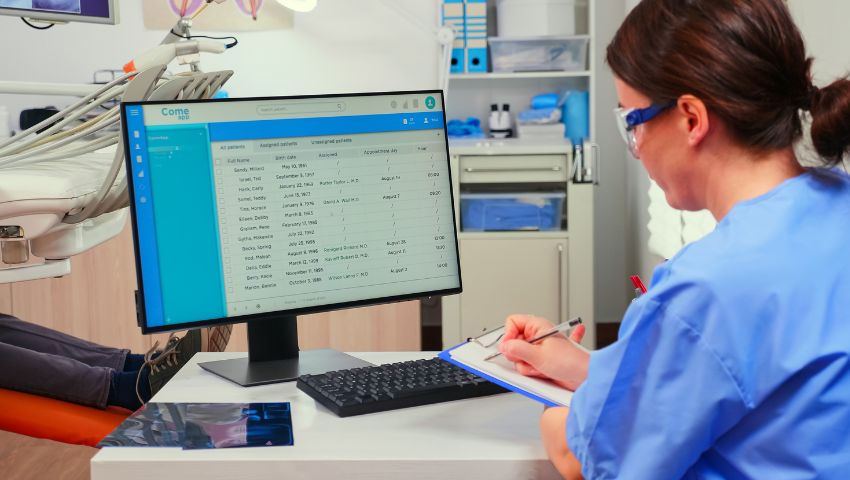Streamlining Fertility Cycle Management: A Digital Approach to Better Results

Streamlining Fertility Cycle Management: A Digital Approach to Better Results
Table of Contents
Introduction
Managing fertility cycles effectively is critical to achieving positive outcomes in assisted reproductive technology (ART). However, traditional tracking methods—manual logs, spreadsheets, or disconnected systems—can increase the risk of missed doses, miscommunications and poor coordination. Enter digital fertility cycle management: a smarter, more reliable way to plan, monitor and optimize treatment cycles.
What Is Fertility Cycle Management?
Fertility cycle management refers to the tracking and coordination of key milestones in a patient’s treatment, including medication schedules, follicular monitoring, egg retrieval, embryo transfer and follow-ups. It ensures that every step aligns with the patient’s natural cycle or planned protocols.
The Challenges of Manual Cycle Tracking
- Communication gaps between departments
- Delayed medication administration
- Missed follow-ups or monitoring scans
- Increased chances of human error
- Poor documentation for clinical review
These issues can negatively affect treatment outcomes and patient satisfaction.
How Digital Tools Streamline Cycle Management
Modern fertility platforms automate and centralize cycle management tasks:
- Automated Scheduling: Sync appointments, scans and procedures with real-time calendars.
- Medication Reminders: Send automated SMS/email alerts for dosage timings.
- Clinical Dashboards: Visualize patient progress across the cycle.
- Collaborative Access: Let doctors, nurses and lab teams view the same cycle plan in real-time.
- Protocol Templates: Predefined treatment pathways for IUI, IVF, FET, etc.
By digitizing workflows, clinics gain better control, clarity and compliance.
Benefits of a Digital Approach
A digital fertility cycle management system offers measurable benefits:
- Higher Clinical Accuracy
- Faster Decision-Making
- Improved Patient Communication
- Minimized Administrative Overload
- Better Documentation for Audits
- Real-Time Coordination Among Teams
Most importantly, digital tracking helps reduce stress for patients while keeping clinicians fully informed.
Key Features to Look For
When choosing a digital solution, ensure it includes:
- Customizable cycle protocols
- Secure patient communication
- EMR integration
- Alerts for abnormal cycle parameters
- Mobile-friendly patient portals
- Audit trails for compliance
Real-World Impact
“Since adopting a digital system, we’ve reduced cycle delays by 30% and improved communication across departments. Patients feel more confident and supported.”
— Clinical Coordinator
In high-volume clinics, the ability to manage multiple patients efficiently leads to both better outcomes and greater operational efficiency.
FAQs
1. What does a fertility cycle management platform do?
It automates the planning, tracking and coordination of all stages in a fertility treatment cycle.
2. Is it only for large clinics?
No. Scalable digital tools like ConceiveX support both small and large fertility practices.
3. Can patients access their cycle plans?
Yes. Most platforms offer patient portals with medication schedules, appointment reminders and real-time updates.
4. Is it compliant with medical data regulations?
Absolutely. Reputable platforms offer encrypted storage, access controls and audit-ready features.
Conclusion
Digital cycle management isn’t just a convenience—it’s a necessity in today’s fast-paced fertility care landscape. Clinics that adopt intelligent tools to manage treatment cycles not only improve success rates but also provide a seamless and supportive experience for their patients.
About ConceiveX
ConceiveX IVF software empowers fertility clinics with end-to-end digital tools—from cycle tracking and medication scheduling to patient communication and reporting. With secure, automated and collaborative features, ConceiveX helps clinics improve outcomes while simplifying day-to-day operations.
